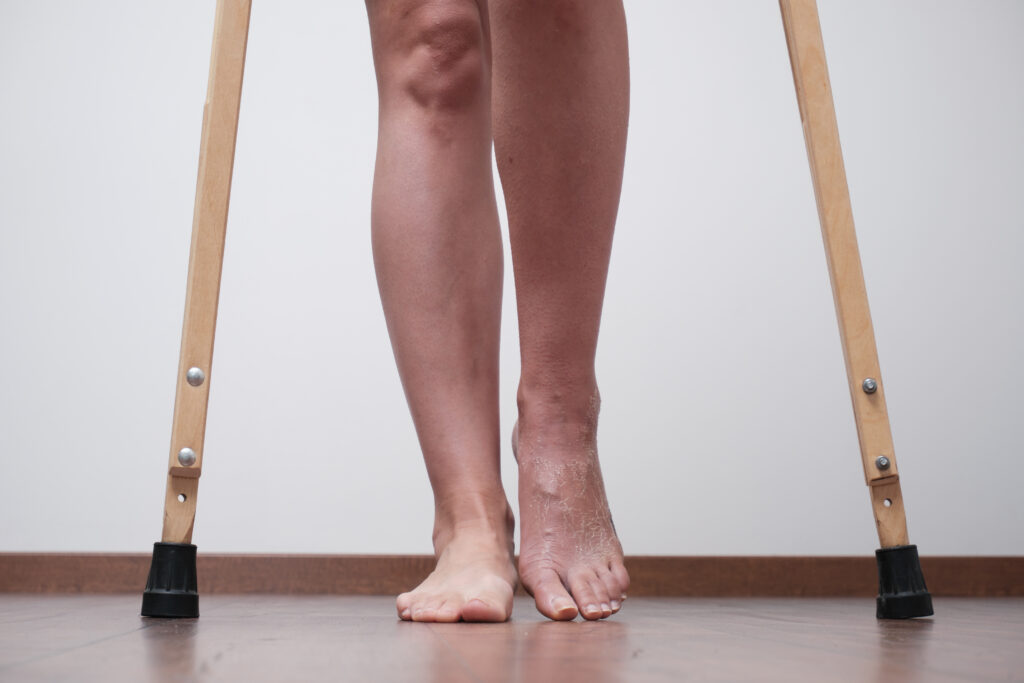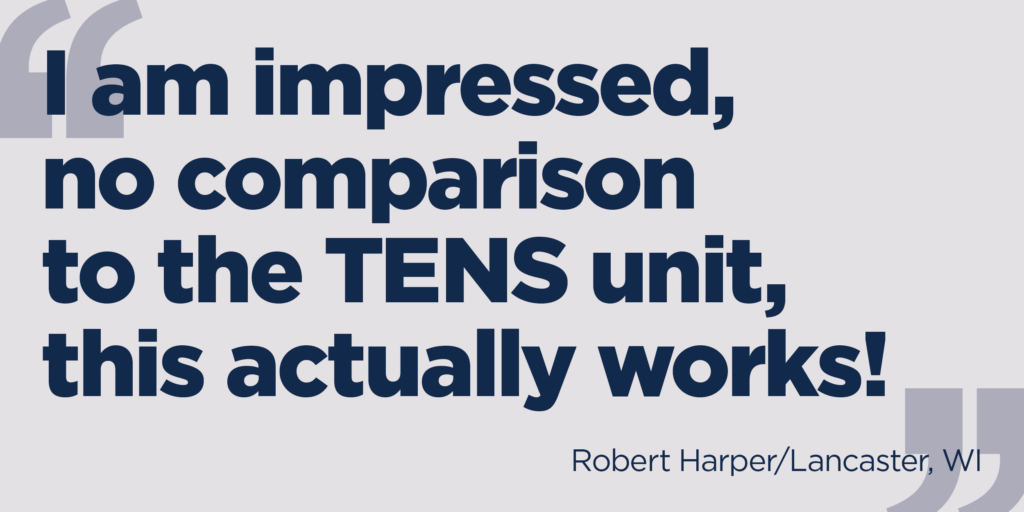Muscle Disuse Atrophy: The Role of H-Wave in Recovery
In the realm of post-surgery recovery, addressing disuse atrophy becomes crucial, especially for athletes. Disuse atrophy, a complex term signifying the potential loss of muscle strength, size, and mass when not used regularly, poses a significant challenge. Surgical procedures often lead to muscle atrophy in the affected limb, making the need for effective solutions paramount. H-Wave is an ally in combating disuse atrophy and improving muscle function. We explore what disuse atrophy is, how to treat disuse atrophy, and why H-Wave is Dr. Kelly Starrett’s go-to solution.
What is Disuse Atrophy?
Disuse atrophy is a physiological phenomenon caused by the mechanical unloading of muscles that leads to reduced muscle mass. Practitioners have observed a recurring issue during the post-surgery recovery process, where the surgical limb tends to lose muscle mass compared to the unaffected side. While the asymmetric difference may not affect function much, it raises aesthetic concerns and presents challenges in regaining lost muscle mass. Disuse atrophy becomes more pronounced when individuals are limited in physical activity during recovery, resulting in extended periods of minimal loading on the affected limb. The visible differences in muscle size between the operated and non-operated sides can be emotionally distressing for individuals. Moreover, the inability to engage in loading activities during recovery exacerbates the challenge of regaining muscle strength and size.
How to treat Muscle Atrophy?
It’s essential to note that the most effective treatment plan may vary based on the individual’s specific condition, the extent of muscle atrophy, and underlying causes. Physical therapy plays an important role in incorporating targeted exercises and stretching routines to stimulate muscle engagement to gradually progress toward resistance training. Joint Mobilization techniques improve flexibility and mobility, preventing stiffness. H-Wave can be one of the pivotal and best tools to use post-surgery to treat muscle atrophy. H-Wave has a commanding approach to address disuse atrophy by maintaining a vital connection between the brain and affected muscles. Through non-fatiguing muscle contractions facilitated by the H-Wave device, the brain perceives continuous muscle activity, signaling that the limb is still in service to the body. This unique feature proves invaluable, especially during periods of limited activity post-surgery or trauma. By preserving lean muscle tissue through non-fatiguing contractions, H-Wave aids in preventing the loss of strength and size, contributing to enhanced overall well-being.
Treatment Methods
- Physical Therapy Gradual progression of resistance training to rebuild strength and size.
- Joint Mobilization Manual therapy techniques to improve joint flexibility and mobility.
- Nutrional Support Adequate protein intake to support muscle repair and growth.
- Aquatic Therapy Improves muscle function without putting excessive stress on recovering limbs.
- H-Wave Scientifically proven, drug-free method to increase circulation and prevent muscle atrophy.
H-Wave: A Game-Changer in Post-Surgery Recovery
Dr. Kelly recommends early and aggressive use of H-Wave in order to preserve muscle mass after surgery. The battle against disuse atrophy is a critical aspect of the recovery journey, and H-Wave is powerful ally. By keeping the brain connected to muscles through non-fatiguing contractions, H-Wave contributes to maintaining lean muscle tissue, ensuring a smoother recovery process and improved aesthetic outcomes. Whether for athletes aiming to return to peak performance or elderly individuals striving to preserve muscle mass, H-Wave technology stands at the forefront of innovative solutions in the field of rehabilitation and recovery.
The Impact of Muscle Atrophy on Recovery and Function
- Prolonged Recovery Disuse atrophy can potentially extend the recovery period post-surgery.
- Risk of Recurrence Unaddressed disuse atrophy increases the risk of future muscle-related issues.
- Aesthetic Challenges Visible differences in muscle size, particularly between operated and non-operated sides.
- Functional Implications Inability to engage in loading activities hinders the recovery of muscle strength and size.
For individuals navigating the nuances of post-surgery, setting goals and including a safe routine in their treatment plan is a significant part of the recovery process. H-Wave delivers rehabilitative benefits by targeting the root cause of symptoms to enhance functional improvement and also prevent muscle atrophy. Take your first step towards the pathway to recovery from post-surgery trauma. Give us a call to get your FREE 30-day trial today!
You May Also Like:

